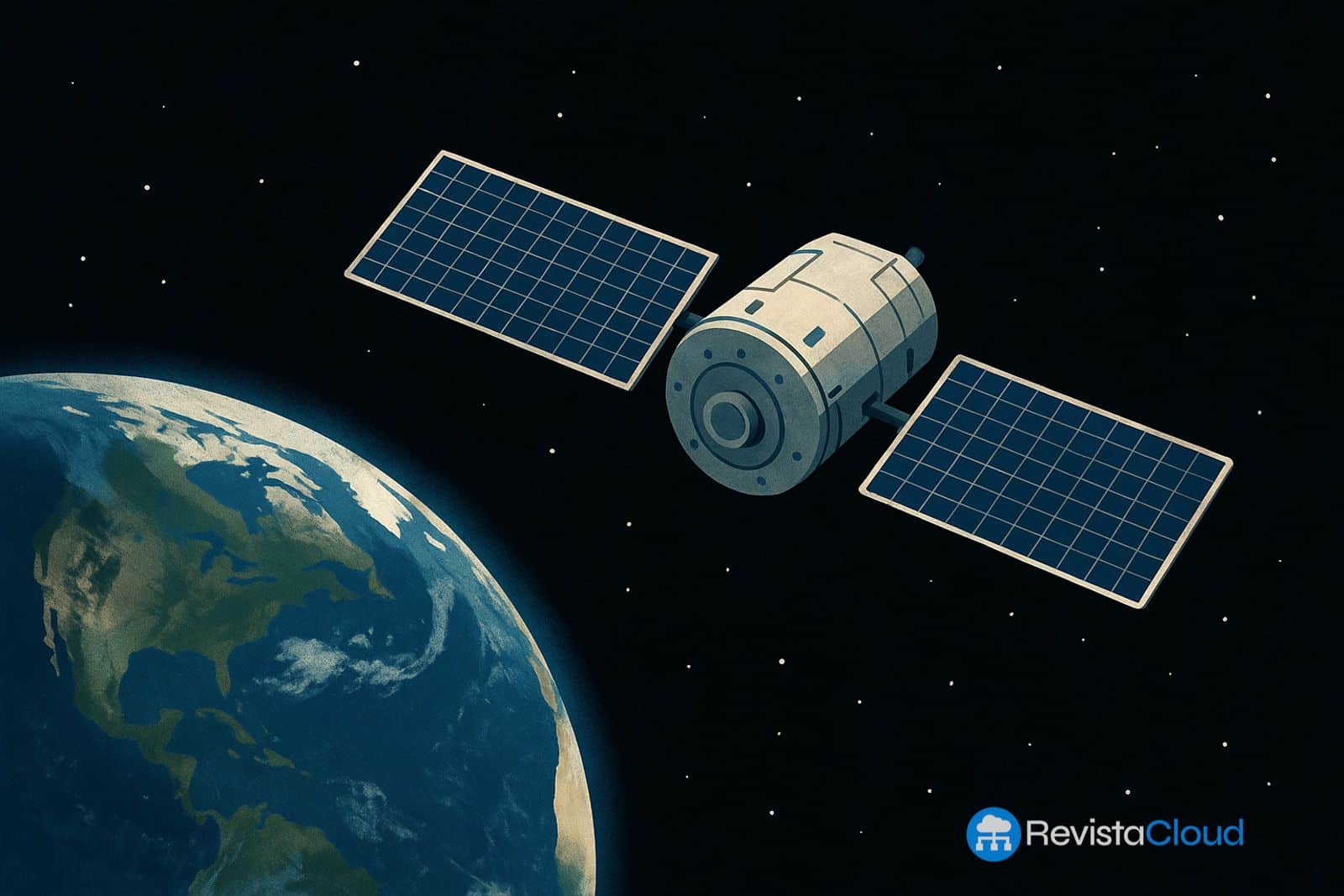An emerging market that combines high-performance computing, solar energy, and space ambitions to redefine the future of cloud computing.
The global orbital data center market is poised for unprecedented growth. According to the latest report published by ResearchAndMarkets.com, it is expected to reach a value of $1.77 billion by 2029, with projections that will push it beyond $39 billion by 2035, driven by a compound annual growth rate of 67.4%. Space computing, once relegated to science fiction, is establishing itself as a viable—and more sustainable—alternative to terrestrial data centers.
What is an orbital data center?
These are data processing infrastructures housed in satellites, designed to operate in low Earth orbit (LEO) or in cislunar space. These centers leverage radiation-hardened servers, inter-satellite optical links, and high-efficiency solar power to process and store information without relying on terrestrial infrastructures.
An expanding ecosystem
Major tech companies such as NVIDIA, IBM, and Hewlett Packard Enterprise (HPE) have partnered with space agencies like NASA and ESA to develop scalable data centers capable of training artificial intelligence models, performing real-time analytics, and offering cloud services from space.
Firms like OrbitsEdge and Axiom Space are developing data modules for satellites and orbital stations. For example, Axiom plans to launch the first commercial orbital data center as part of its independent space station in 2026.
Meanwhile, Star Cloud has raised over $10 million to create AI training centers in space, using continuous solar power and anticipating computational capabilities at a gigawatt scale.
Market drivers
The rise of AI-based applications, explosive growth in data traffic, and global sustainability goals are putting pressure on terrestrial data centers. In the United States, electricity consumption from data centers is expected to rise from 17 GW in 2022 to 35 GW by 2030. This demand has sparked interest in alternative solutions.
Orbital data centers offer key advantages:
- Constant renewable energy: continuous access to solar power allows for autonomous and emissions-free operation.
- Reduced latency: data can be processed directly in space, avoiding congestion and speeding up responses.
- Scalability without physical limits: without land restrictions or terrestrial cooling needs, new possibilities for digital expansion emerge.
Obstacles to overcome
The main challenge remains cost. The development and deployment of these infrastructures involve advanced materials, costly space launches, and automated maintenance systems. Additionally, regulatory integration and technical risks still limit their adoption.
Nevertheless, the evolution of space logistics—such as automated assembly in orbit and refueling stations—is reducing these barriers. Public and private investments reinforce this trend: Blackstone alone has allocated $70 billion to new data infrastructures in 2024.
Applications and the future of the sector
In addition to improving the efficiency and security of cloud services, orbital data centers will play a key role in:
- Earth observation and climate analysis.
- Processing satellite imagery and scientific data in real time.
- Ultra-fast communications in 5G/6G networks.
- Planetary exploration and space navigation.
- Disaster response and defense.
Conclusion
Orbital data centers represent a paradigm shift in digital infrastructure. While they still face technical and economic challenges, the potential to combine sustainability, performance, and scalability is attracting major tech players, investors, and governments.
Backed by giants like Intel, HPE, NASA, and ESA, and driven by a continuously growing data economy, space is no longer just the next frontier for humanity, but also for computing.

